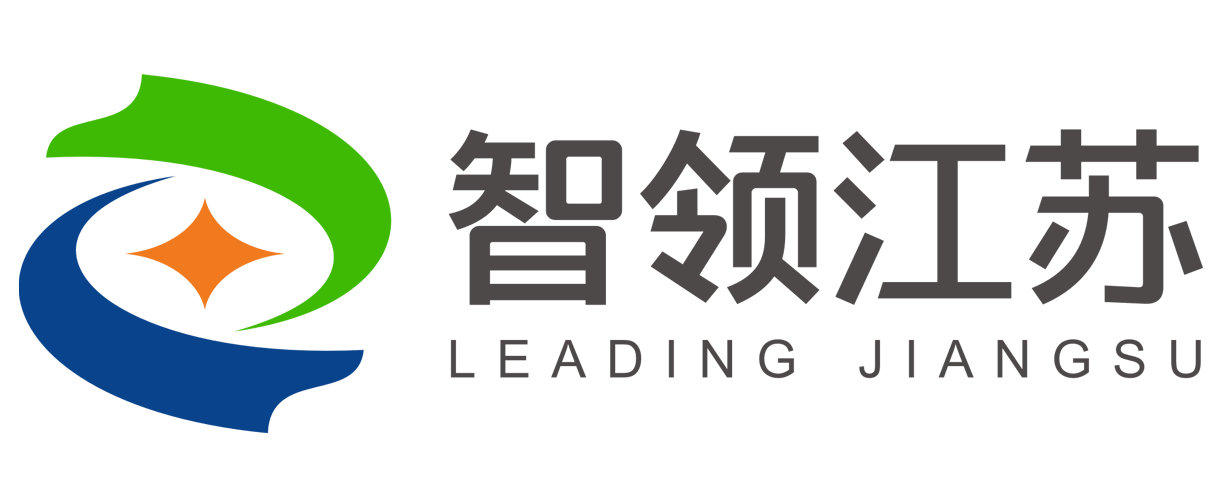资源介绍

The database contains 32 records of non-contact sleep monitoring by a bioradar. The records are accompanied by results of sleep scoring, based on polysomnography according to the rules of the American Academy of Sleep Medicine.
Data Collection
The database contains 32 records of non-contact sleep monitoring by a bioradar. The records are accompanied by results of sleep scoring. Sleep stages were scored by an experienced and certified physician based on polysomnography (Embla N7000) according to the rules of the American Academy of Sleep Medicine. All subjects were free from sleep-disordered breathing and sleep related movement disorders. Insomnia was diagnosed in 4 subjects. Information about subject characteristics is presented in subjects.xlsx. The bioradar was developed at the Remote Sensing Laboratory of Bauman Moscow State Technical University. Its characteristics are shown below.
- type: continuous wave
- receiver: quadrature
- modulation: stepped frequency
- frequency range: 3.6-4.0 GHz
- number of frequencies: 8
- energy flux density: 1.36 μW/cm2
- maximum emitted power: 3 mW
- sampling rate: 50 Hz
Files
Each record includes an annotation file and an EDF file with bioradiolocation signals. The EDF files include 16 signals S1-S16. Odd signals contain an in-phase (I) component, while a quadrature (Q) component is contained in the even signals. So, I and Q for the first operating frequency are in S1-S2, for the second are in S3-S4, etc. Annotations are given in WFDB format. The annotation coding scheme is:
- W: wakefulness
- 1: stage 1
- 2: stage 2
- 3: stage 3
- R: REM
Contributors
Alexander Tataraidze, Lesya Anishchenko, Sergey Ivashov (Remote Sensing Laboratory, Bauman Moscow State Technical University, Moscow, Russia) and Lyudmila Korostovtseva, Michail Bochkarev, Yuriy Sviryaev (Somnology Group, Almazov National Medical Research Centre, St. Petersburg, Russia).
Contact
Alexander Tataraidze: tataraidze@rslab.ru
Lesya Anishchenko: anishchenko@rslab.ru
When using this resource, please cite the original publication:
A. Tataraidze, L. Korostovtseva, L. Anishchenko, M. Bochkarev, Y. Sviryaev, S. Ivashov, "Bioradiolocation-based sleep stage classification”, Proceedings of the 38th Annual International Conference of the IEEE Engineering in Medicine and Biology Society. 2016. P. 2839–2842. DOI: 10.1109/EMBC.2016.7591321.
Please include the standard citation for PhysioNet: (show more options)
Goldberger, A., Amaral, L., Glass, L., Hausdorff, J., Ivanov, P. C., Mark, R., ... & Stanley, H. E. (2000). PhysioBank, PhysioToolkit, and PhysioNet: Components of a new research resource for complex physiologic signals. Circulation [Online]. 101 (23), pp. e215–e220.






